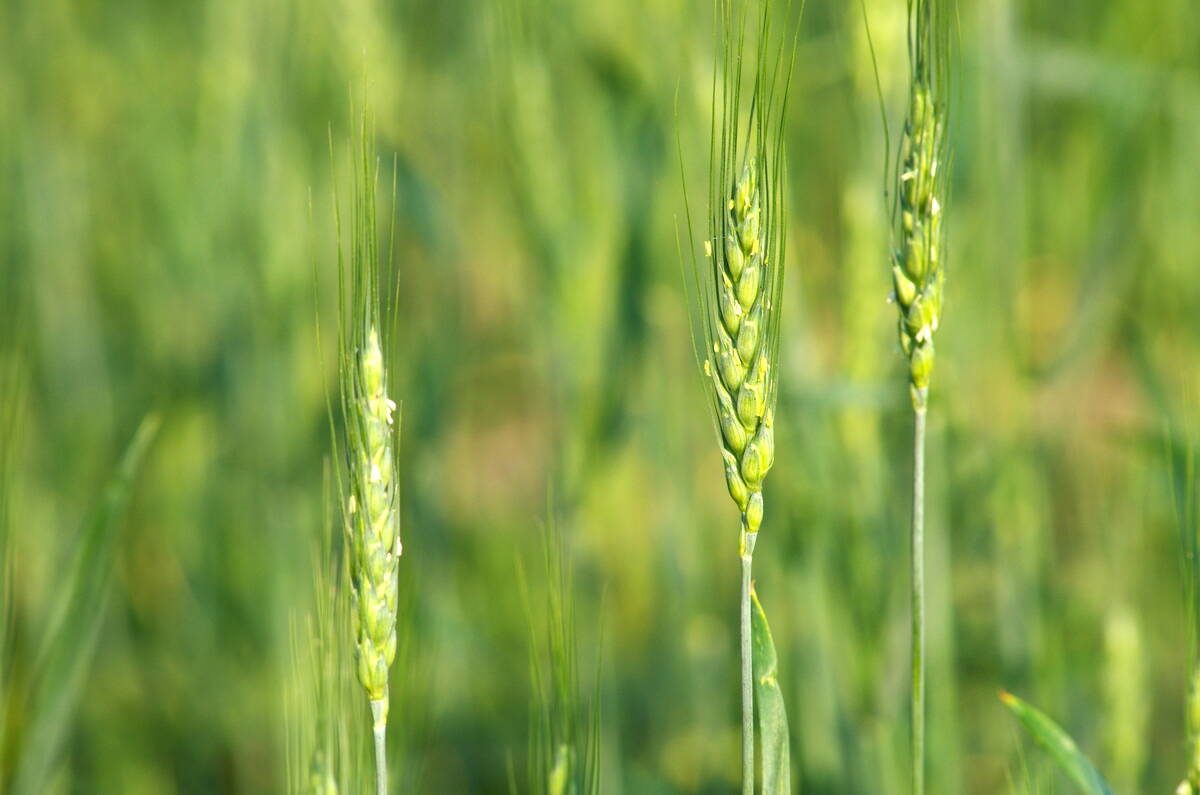CN Rail was $6.3 million under its statutory revenue cap for shipping western Canadian grain to export terminals in the 2012-13 crop year but CP Rail exceeded its limit by $177,961, the Canadian Transportation Agency said in a news release Dec. 16.
Under the Canadian Transportation Act, the railways must remit excess revenues, plus a five per cent penalty, to the Western Grains Research Foundation, which benefits farmers through research.
It is a small discrepancy, given under the transportation act CN and CP were allowed to earn almost $564 million and $544 million, respectively. But it also underscores a long-standing complaint that the railways don’t compete for grain traffic. Economic theory holds that in a competitive market rail earnings would be well under the so-called revenue cap, introduced through federal legislation in 2000 as a form of “economic regulation” so the railways can’t charge what the market will bear.
Read Also

Code cracked on nitrogen-fixing wheat?
U.S. crop breeders have created a wheat variety capable of fixing its own nitrogen rather than relying on fertilizer.
“Year after year we see the railways compete to be as close to the revenue cap as possible rather than compete to provide service at lower prices that you’d expect in a competitive market,” Doug Chorney, president of the Keystone Agricultural Producers said in reaction to the news.
The railways are free to set their freight rates, which gives them the flexibility to encourage more efficient grain movement through reduced rates.
The cap also guarantees the railways a return on investment. That’s why the GTA calls it as a “revenue entitlement.”
The revenue cap is adjusted for volume so there’s no limit on how much grain the railways can move. It’s also adjusted for inflation reflecting increases in expenses such as fuel.
Although grain companies pay the railways to transport grain, most of the cost is passed back to farmers through deductions when they deliver to an elevator.
Western Canadian farmers paid Canada’s two railways $1.1 billion to move their crops to export in the 2012-13 crop year. That works out to an average of $34.81 a tonne on CN lines — 40 cents a tonne under the cap and average of $33.99 a tonne on CP lines — two cents a tonne over the cap.
The weighted average for both railways was $33.19 a tonne. While that is two cents a tonne under the cap, it’s 8.4 per cent more than the railways earned per tonne the previous crop year — a year in which both CN and CP exceeded the cap by $240,185 and $400,132, respectively.
During the 2012-13 crop year the railways moved 32.4 million tonnes, down slightly from the 33.1 million tonnes moved the crop year before.
CN hauled almost 16 million tonnes, while CP moved 16.4 million.
Many farm groups, including KAP, have long called for a review of how much it costs the railways to haul grain, and if warranted, adjusting the formula used to set the revenue cap.
It’s suspected the railways are more efficient now than when the formula was devised, resulting in farmers overpaying for grain shipping.
But some in the grain industry note grain is the only commodity to enjoy the protection of a cap. That’s led some to suspect, including Agriculture Minister Gerry Ritz, that if the cap were eliminated farmers would get better rail service.
“I don’t think that would happen,” Chorney said. “We see other rail shippers suffering with poor service too.”
The Western Grain Elevator Association (WGEA) is also skeptical.
“I think removing the revenue cap is a very risky proposition because when we look at other industries that don’t have a revenue cap (and) they’re negotiating with the railways to get good rates and to get better service. We’re negotiating with the railways to get better service,” WGEA executive director Wade Sobkowich said in an interview last month.
















